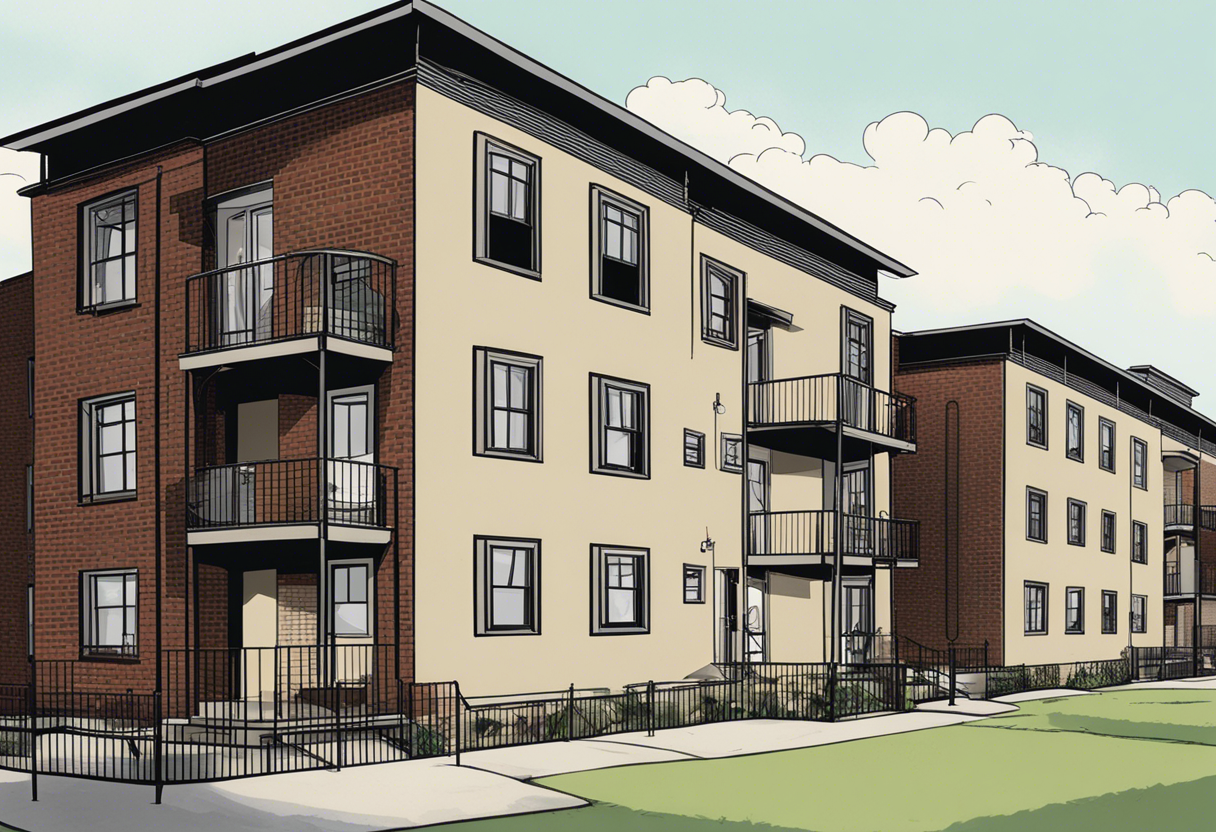Navigating the Labyrinth of Low Income Housing Solutions: A Revealing Look Into the Top 3 Options
The issue of low-income housing has been a long-standing challenge for many societies, particularly in urban areas. The need for affordable homes is ever-growing, with an increasing number of individuals and families unable to afford decent housing. This problem is further exacerbated by the rising cost of living and stagnant wages. The labyrinth of low-income housing solutions is complex, with various options available, each with its own set of advantages and challenges. This article aims to shed light on the top three solutions - Public Housing, Housing Choice Vouchers, and Affordable Housing Programs. We will delve into each of these options, exploring their intricacies and how they can be navigated to provide viable housing solutions for those in need.
Public Housing - A Beacon of Hope

Public housing was initially established as a federal program in the United States during the Great Depression. Today, it serves as a beacon of hope for millions of low-income families, elderly citizens, and persons with disabilities. Public housing comes in all sizes and types, from single-family houses to high-rise apartments. The Department of Housing and Urban Development (HUD) administers federal aid to local housing agencies (HAs) that manage housing for residents at rents they can afford.
However, the demand for public housing often outweighs the supply, leading to long waiting lists. Furthermore, the eligibility criteria can be stringent, with income limits, citizenship requirements, and often, a review of one's rental history. Despite these challenges, public housing remains a critical component of the low-income housing landscape, providing shelter for those who need it most.